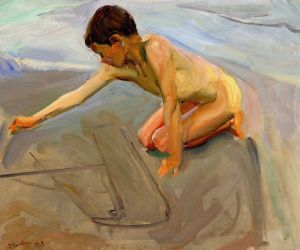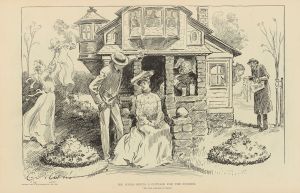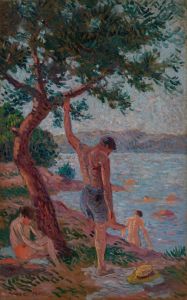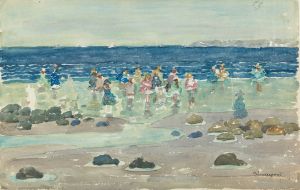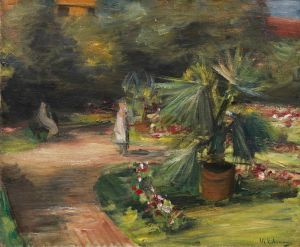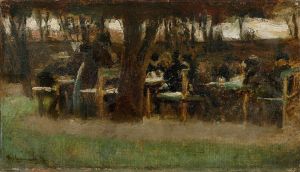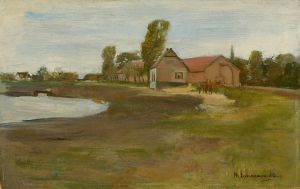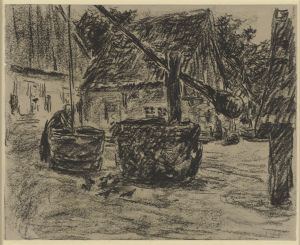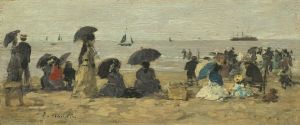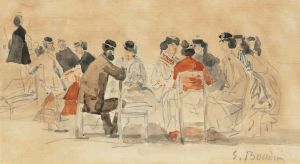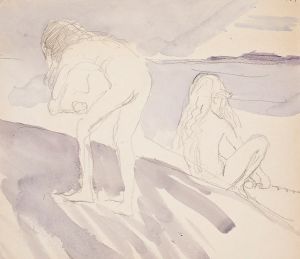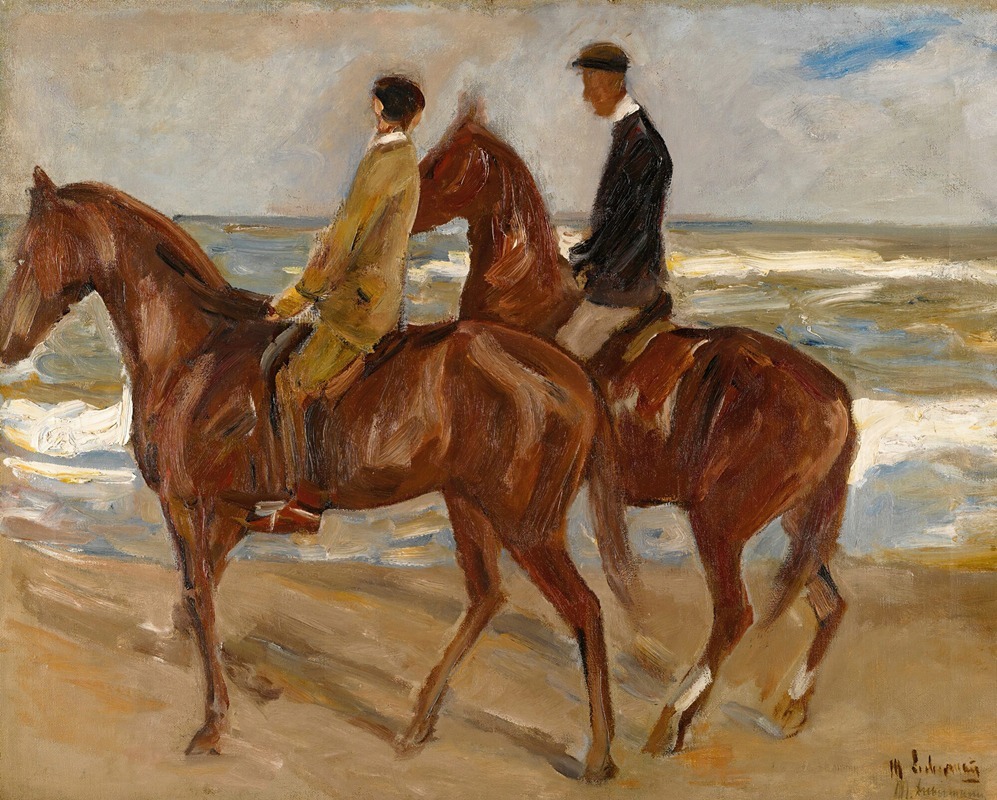
Two Riders On The Beach
A hand-painted replica of Max Liebermann’s masterpiece Two Riders On The Beach, meticulously crafted by professional artists to capture the true essence of the original. Each piece is created with museum-quality canvas and rare mineral pigments, carefully painted by experienced artists with delicate brushstrokes and rich, layered colors to perfectly recreate the texture of the original artwork. Unlike machine-printed reproductions, this hand-painted version brings the painting to life, infused with the artist’s emotions and skill in every stroke. Whether for personal collection or home decoration, it instantly elevates the artistic atmosphere of any space.
"Two Riders on the Beach" is a painting by the German artist Max Liebermann, one of the leading figures of the Impressionist movement in Germany. The artwork, created in 1901, depicts two riders on horseback galloping along a sandy beach. The painting is celebrated for its dynamic composition, vibrant use of light, and the artist's ability to capture the movement and atmosphere of the scene.
Max Liebermann (1847–1935) was a prominent painter and printmaker, known for his contributions to German Impressionism and his role as a cultural leader in Berlin during the late 19th and early 20th centuries. His works often focused on everyday life, landscapes, and leisure scenes, reflecting his interest in naturalism and the Impressionist style. "Two Riders on the Beach" is a prime example of his ability to blend realism with the loose brushwork and light-filled palette characteristic of Impressionism.
The painting gained additional historical significance due to its fate during and after World War II. Like many artworks owned by Jewish families during the Nazi era, "Two Riders on the Beach" was confiscated as part of the widespread looting of cultural property. It originally belonged to David Friedmann, a Jewish industrialist and art collector in Breslau (now Wrocław, Poland). The painting was seized by the Nazis in the 1930s, and its whereabouts remained unknown for decades.
In 2012, "Two Riders on the Beach" resurfaced as part of the Gurlitt art trove, a collection of over 1,000 artworks discovered in the possession of Cornelius Gurlitt, the son of a Nazi-era art dealer. The discovery of the Gurlitt collection sparked international attention and renewed efforts to identify and restitute looted art. After extensive research, the painting was returned to David Friedmann's heirs in 2015, marking a significant moment in the ongoing process of addressing the legacy of Nazi art theft.
Today, "Two Riders on the Beach" is recognized not only for its artistic merit but also as a symbol of the complex history of art restitution and the enduring impact of cultural losses during the Holocaust. The painting's current location is determined by the decisions of Friedmann's heirs, who have the right to decide its future.





